Atrial Septal Defect is a congenital heart defect in which there is a hole in the wall (septum) between the upper chambers of the heart (atria). This hole allows blood to flow between the atria, which leads to increased blood flow to the lungs. While small ASDs may not cause any significant concerns, whereas larger ones may require medical attention, such as surgical repair, to prevent complications.
The main reason for atrial septal defects remains elusive, manifesting as an alteration in the heart's structure during fetal development. The intricate process of the baby's heart formation is an essential stage for the emergence of this condition.
ASDs may arise due to the following factors, including
Atrial septal defects (ASDs) may be better understood by considering the normal functioning of the heart, which has four chambers – two atria and two ventricles. The right side of the heart directs blood to the lungs for oxygenation, while the left side pumps oxygenated blood throughout the body via the aorta. A significant ASD can lead to an excess flow of blood to the lungs, straining the right side of the heart. If left untreated, this can result in the enlargement and weakening of the right heart chamber and an elevation in pulmonary artery pressure, Causing pulmonary hypertension.
There are different types of ASDs classified based on the Location and the size of the hole, these include:
A new baby born with an atrial septal defect (ASD) may remain unknown and have no symptoms for many years, it may appear in the later stage of life. Symptoms of an atrial septal defect may include:
The diagnosis of ASDs may involve a combination of Clinical assessments, The common methods. These diagnostic tests are recommended by the doctor:
Atrial septal defect (ASD) repair is used to close a hole in the septum, There are different methods for repairing ASD, and the choice of procedure depends on the size, the position of the defect, and the patient's general health the determining factors in choosing the appropriate treatment.
Here are the common ways of treatment:
Post-surgery, patients usually have a short hospital stay, with transcatheter closure requiring 1-2 days and open-heart surgery lasting 3-7 days, sometimes involving ICU transfer to continue monitoring. A comprehensive recovery plan involves regular follow-up appointments, dietary adjustments, wound care, and emotional support. Additionally, effective pain management, adherence to activity restrictions, and a gradual return to normal activities are crucial components of the recovery process.
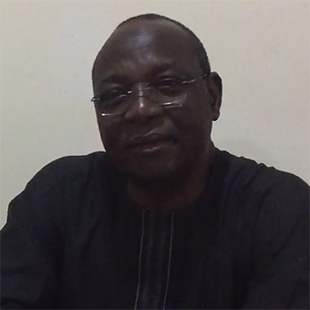
Nigeria
Baby Fatima under went Pediatric Cardiac Surgery in India Read Full Story
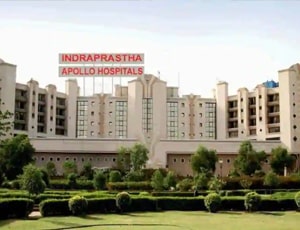
Delhi, India
Equipped with more than 50 specialty institutes, Indraprastha Apollo was started with the vision of ...more
![]() Private Driver / Limousine Services
Private Driver / Limousine Services
![]() International Cuisine
International Cuisine
![]() Phone in Room
Phone in Room
![]() Online Doctor Consultation
Online Doctor Consultation
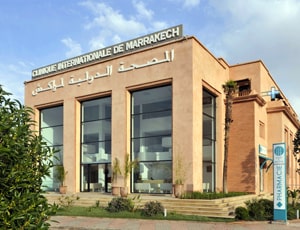
Marrakesh, Morocco
History Clinique Internationale Marrakech is opened to provide world-class medical services to the ...more
![]() Airport Transfer
Airport Transfer
![]() Choice of Meals
Choice of Meals
![]() SIM
SIM
![]() TV inside room
TV inside room
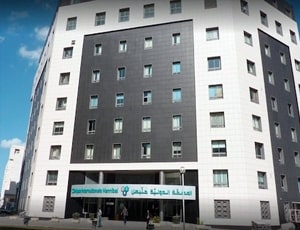
Tunis, Tunisia
History Opened with the commitment of Quality services, Highest quality care, Respect for your priv...more
![]() Airport Transfer
Airport Transfer
![]() Choice of Meals
Choice of Meals
![]() Interpreter
Interpreter
![]() SIM
SIM
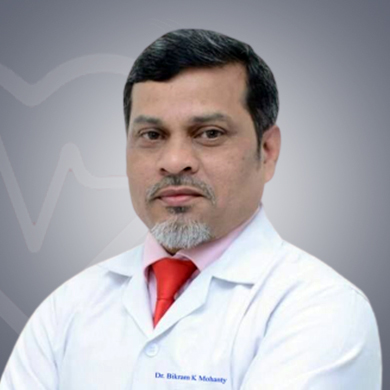
Cardio Thoracic & Vascular Surgeon
Delhi, India
27 Years of experience
USD 42 for video consultation
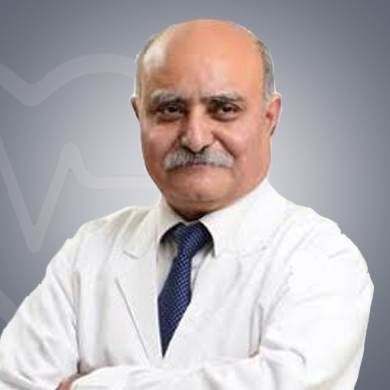
Cardio Thoracic & Vascular Surgeon
Delhi, India
36 Years of experience
USD 50 for video consultation

Pediatric Cardiac Surgeon
Faridabad, India
14 of experience
USD 40 for video consultation
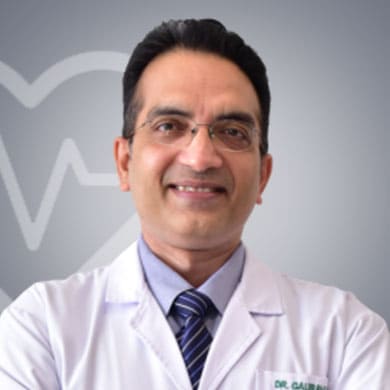
Cardiac Surgeon
Delhi, India
23 Years of experience
USD 32 for video consultation
Q: Can I live with a hole in the heart?
A: You may live normally unless there are no symptoms. Once you start experiencing certain symptoms, a medical intervention is warranted.
Q: Can VSD close on its own?
A: Large VSDs are unlikely to close on their own unless they turn small over a period of time. Large VSDs are most often closed surgically.
Q: What are some of the signs of a hole in the heart?
A: Shortness of breath, abnormal heart rhythm. Heart murmurs and tiredness are some of the signs and symptoms of a hole in the heart.
Q: Is it possible to cure a hole in the heart?
A: While small holes in the heart close on their own, larger ones can be treated surgically or with the help of medications or both.